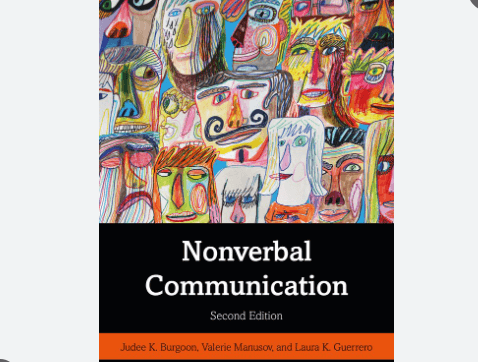Synergy

- File photo | Credit HumanyzeOpens in new window
What is Synergy?
Synergy refers to the cumulative effect of two or more substances which is different from the individual summation of those substances.
Synergy connotes the creation of a whole which is greater than the sum of the individual parts. For example, synergy is obtained when 2 + 2 is not merely 4, but can be made to add up to more than 4.
Synergy occurs when the interaction and outcome of team members is greater than the sum of their individual efforts. Unfortunately, synergy may not automatically happen, but rather, it must be nurtured within the team environment. Exhibit X lists the factors contributing to a synergistic team setting.
Synergistic Team Characteristics
Team synergy is heightened when team members engage in these positive behaviors.
- Support — The team exhibits an atmosphere of inclusion. All team members speak up and feel free to offer constructive comments.
- Listening and Clarification — Active listening is practiced. Members honestly listen to others and seek clarification on discussion points. Team members summarize discussions held.
- Disagreement — Disagreement is seen as natural and is expected. Member comments are nonjudgmental and focus on factual issues rather than personality conflicts.
- Consensus — Team members reach agreements through consensus decision-making. Consensus decisions require finding a proposal that is acceptable to all team members, even if not the first choice of individual members. Common ground among ideas is sought.
- Acceptance — Team members are valued as individuals, recognizing that each person brings a valuable variety of skills and abilities to team operations.
- Quality — Each team member is committed to excellent performance. There is emphasis on continuous improvement and attention to detail.
In practical example, let’s assume three engineers are given the tasks of solving a problem. The ideas generated jointly by these three engineers will be richer and more creative than if the three engineers were to generate their own ideas individually without any interaction among them.
The ideas generated jointly will be better than the individually generated ideas because the three now jointly and creatively explore several different alternatives, discuss the pros and cons and develop integrated thoughts which are more innovative, thus arriving at a much more powerful solutions than what they would have been able to achieve individually.
In this vein, the group has developed synergy by merely interacting with each other using their combined wisdom to generate integrated solutions. This signifies a positive synergy. In contrary, social loafing Opens in new window represents a negative synergy where the whole is less than the sum of the parts where individuals are likely to reduce their effort due to diffusion of responsibility.
Social Facilitation Effect
The mere presence of others also affects the performance of individual. It is reported that the presence of others tend to improve performance when the tasks are relatively simple and well rehearsed. This positive effect is termed as social facilitation effectOpens in new window.
The opposite of social facilitation effect is Social inhibition effect, which leads to a detrimental effect which occurs when an individual is asked to perform a complex task with which he is unfamiliar or in which he is unskilled to do any work.
























